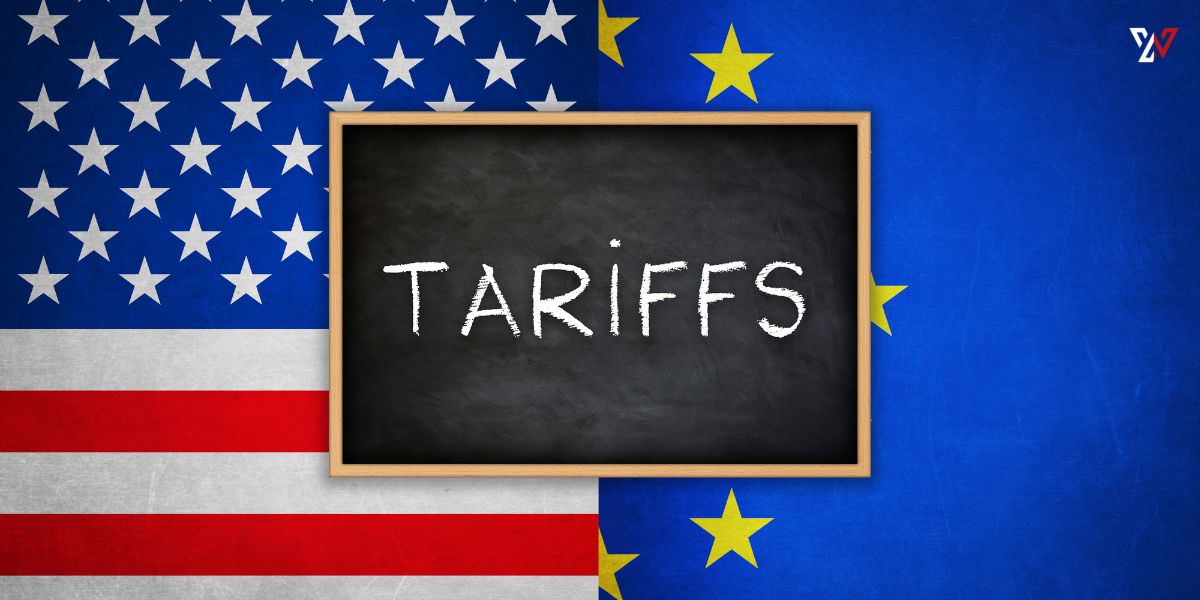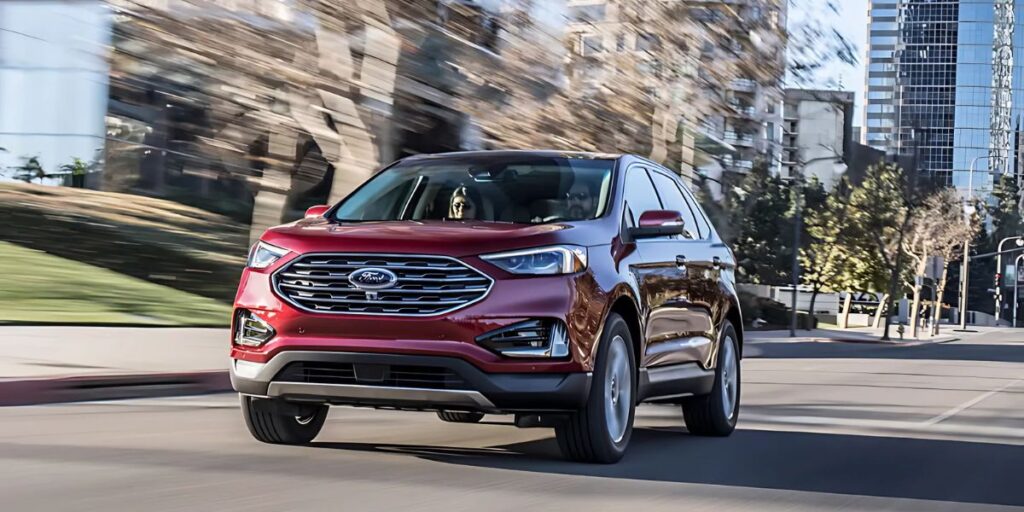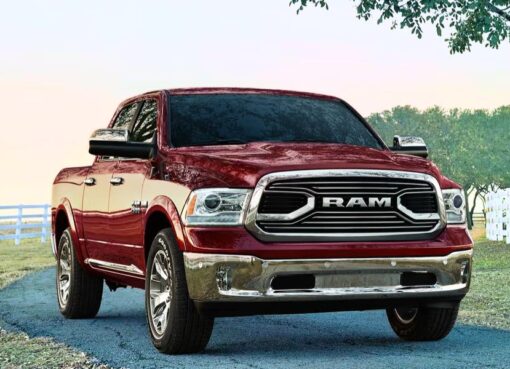The Original Shock: 25% Auto Tariffs
Let’s rewind a bit. In the spring of last year, the U.S. government implemented a 25% tariff on new cars and car parts. This wasn’t just limited to finished vehicles—it also included essential components used in domestic production.
The motive? To boost American manufacturing and reduce the trade deficit.
While it did encourage some automakers to consider shifting operations to the U.S., it also led to an increase in vehicle prices, especially for models heavily reliant on overseas parts. Car buyers saw price hikes, and affordable models began to vanish from dealership lots. Supply chains became unstable, and countries affected by the tariffs began to renegotiate trade terms with Washington.
Japan Gets a Deal: 15% Tariff Confirmed
Earlier this week, the White House unveiled a revised trade agreement with Japan, reducing the tariff on their auto exports to just 15%. While still a tariff, it marks a significant reduction from the previous rate and sets the tone for upcoming trade negotiations with other nations.
The Japanese automotive industry—home to giants like Toyota, Honda, and Nissan—relies heavily on the U.S. market. A 25% tariff had serious implications, but the 15% rate helps ease the burden without completely removing protective trade policies.
Europe Wants In: The EU’s Push for Parity
Reports from Bloomberg now indicate that the European Union is actively negotiating to land a similar deal. According to sources close to the talks, the U.S. and EU are moving toward a 15% agreement on most auto imports.
European automakers like Volkswagen, BMW, and Mercedes-Benz have long-standing footprints in the American market. A reduced tariff would not only protect their pricing competitiveness but could also prevent them from having to make costly shifts in production.
It’s not just about luxury sedans or high-end SUVs—many popular mid-range vehicles also originate from Europe. A favorable deal would benefit both manufacturers and consumers.
South Korea, Mexico, and Canada Eye Similar Cuts
But the EU isn’t alone. South Korea is reportedly aiming for the same 15% rate in its negotiations with the U.S., particularly for its booming auto industry which includes names like Hyundai and Kia.
And it doesn’t stop there.
Mexico and Canada—two of the U.S.’s largest trade partners and fellow members of the USMCA (United States-Mexico-Canada Agreement)—are also expected to seek similar tariff reductions. American automakers have significant operations in both countries, and being left out of the new trade structure could put them at a major disadvantage.
In fact, domestic manufacturers are already voicing concerns.
According to the Associated Press, U.S. automakers fear that Japanese carmakers will gain an edge thanks to the reduced tariff, especially since many American brands import parts and vehicles from Canada and Mexico.
Industry Response: Calls for a Level Playing Field
Autos Drive America, an influential industry trade group, released a statement urging the Trump administration to quickly finalize comparable deals with all major allies—especially the EU, Canada, Mexico, and South Korea.
Their main argument? A fair and consistent tariff policy will protect U.S. competitiveness without disrupting the global supply chain. And let’s face it—today’s cars are global products. A single model might be designed in Germany, manufactured in Mexico, and assembled in the U.S. with parts from Japan and South Korea.
Unbalanced tariffs can disrupt this delicate web and ultimately hurt consumers with higher prices and fewer choices.
What Does This Mean for Car Buyers?
- If you’re a car buyer in the U.S., this shift could be a win.
- Lower tariffs may eventually lead to lower prices, more options in the showroom, and better deals on both foreign and domestic vehicles. It could also help reintroduce affordable models that were previously pulled due to cost constraints.
- That said, it’s still early. These trade deals take time to finalize and implement. But the momentum is clear: the 25% auto tariff may soon be a thing of the past.
The Road Ahead
The 15% tariff isn’t just about numbers—it’s about redefining global trade dynamics in the auto sector. The coming months will be crucial. As more countries line up for favorable terms, automakers will need to make fast, strategic decisions about production, pricing, and expansion.
Whether you’re an industry insider or just planning to buy your next car, keeping an eye on these developments could pay off.
After all, in today’s interconnected world, a tariff decision in Washington can shape your options at the dealership lot.















